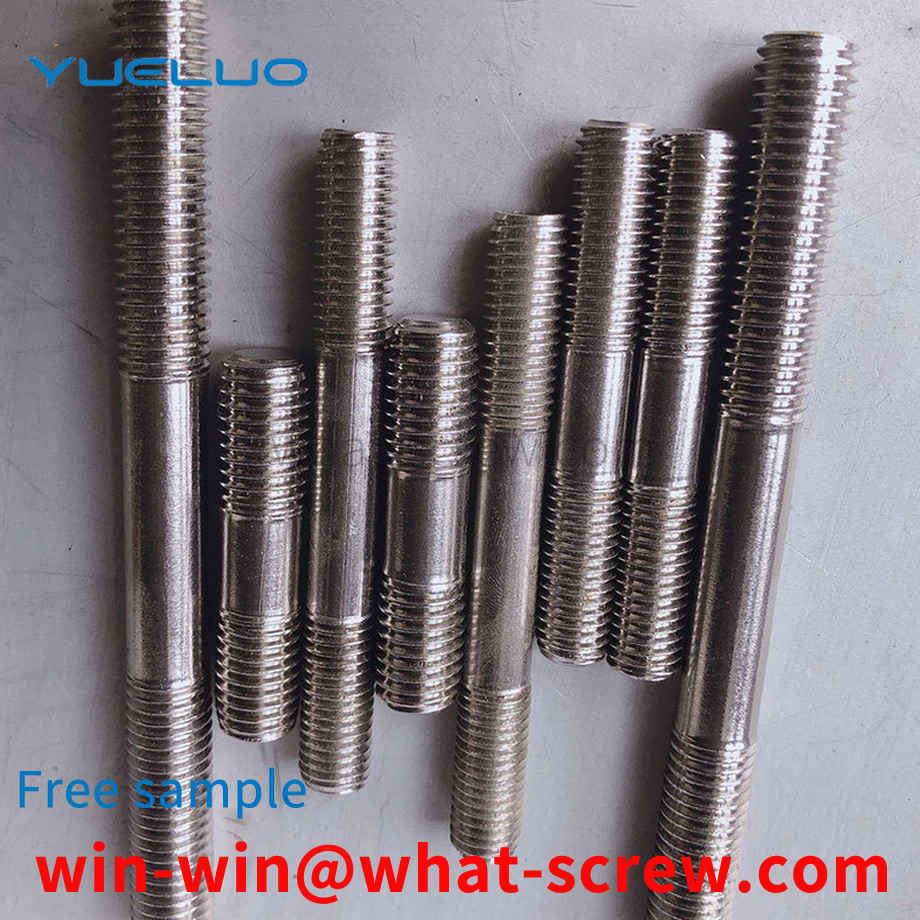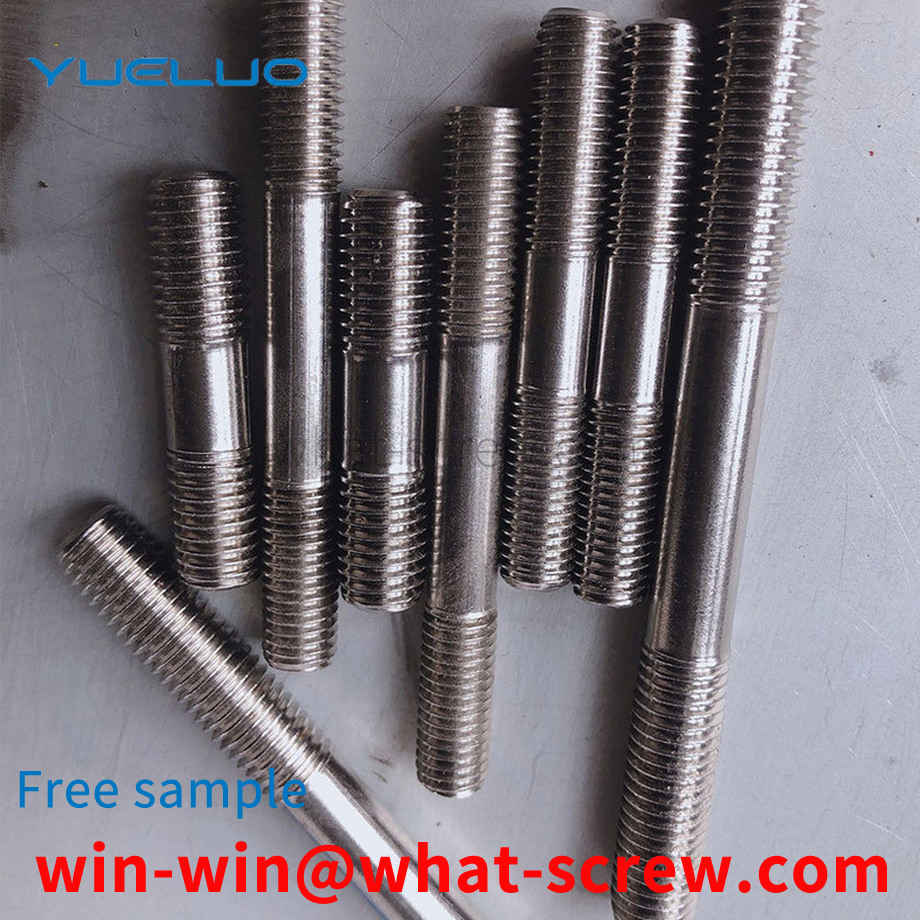At present, with the development of the manufacturing industry, many parts with strange shapes are widely used in aviation, aerospace and other industrial fields, one of which is an L-shaped cylindrical pin. The upper end is provided with a 2.55×4.95 U-shaped boss. The parallelism error between the upper end face and the lower end face of the boss is required to be less than 0.01 mm. The L-shaped cylindrical pin requires high machining accuracy and is difficult to clamp on the machine tool. It is difficult to process. When the forming part is cut off, the cut surface, that is, the upper end surface of the boss, will leave a small column platform. When processing this end surface, in the prior art, a vise is generally used to process such an L-shaped cylindrical pin. Or copper sleeves are clamped, and then processed; however, due to the small size of the parts, the L-shaped cylindrical pin workpiece is difficult to clamp; due to the high precision required for each machined surface of the workpiece, when clamping with a vise , the clamping force of the vise is difficult to control, and it is easy to crush and scratch the surface of the workpiece; and when using a vise or a copper set clamp, only one workpiece can be clamped for each processing and production, and it is difficult to ensure the upper and lower planes of the parts after the clamping is completed. Parallelism machining error, resulting in low parts processing quality and low production efficiency.
screw with a gasket includes a screw head and a screw connection part connected with the screw head, the screw connection part is provided with a thread, and a transition part is provided between the screw head and the thread provided on the screw connection part , the diameter of the transition part is smaller than the diameter of the thread, the transition part is sleeved with a plastic washer, the inner ring of the plastic washer is a polygon, and the diameter of the inscribed circle of the inner ring of the plastic washer is smaller than the diameter of the thread. The utility model replaces the traditional metal washer with a plastic washer, which avoids the phenomenon that the washer causes wear on the connection base. The inner hole of the plastic washer adopts a polygonal design, and the diameter of the inscribed circle of the inner ring of the plastic washer is smaller than the diameter of the thread, which is in the same shape as the thread. The multi-point contact solves the problem that the washer is easy to slip off due to the circular design of the inner hole of the traditional metal washer, and improves the assembly efficiency of the screw.
At present, when fastening parts on thin-walled products or thin plates in our country, screws are usually used to fasten, and welding nuts are required to make the thin plate easy to burn through, or the objects are drilled and tapped to connect, so that the product is deformed and the connection strength is not strong. , It cannot be fastened on some equipment, the operation is inconvenient, and the production efficiency is low.
The performance grade is divided into 15 grades, stainless steel is grade 51, and the open type Melbourneblind rivet is divided into two types: countersunk head and flat round head according to the shape of the head. Among them, open Melbourneblind rivets with performance levels of 10 and 11 are widely used. In 2006, the National Standards Committee revised and released GB/T 12617.1-2006 Open Type Countersunk Head Blind Rivets Class 10 and 11 and GB/T 12618.1-2006 Open Type Flat Round Head Blind Rivets Class 10 and 11. National standards for 10 and 11 class open Melbourneblind rivets. The two new standards, respectively adopting ISO15978:2002 and ISO15977:2002 international standards, were released on July 5, 2006 and officially implemented on December 1, 2006. After implementation, it will replace the two old standards GB/T 12617-1990 Open Type Countersunk Head Blind Rivets and GB/T 12618-1990 Open Type Oblate Head Blind Rivets.
MelbourneFasteners include: bolts, studs, screws, nuts, washers, pins. Locking or seizure often occurs on fasteners of stainless steel, aluminum alloy and titanium alloy materials. These metal alloys themselves have anti-corrosion properties. When the surface is damaged, a thin oxide layer will be formed on the metal surface to prevent further rust. When the stainless steel fastener is locked, the pressure and heat generated between the teeth will destroy the oxide layer, causing blockage or shearing between the metal threads, and then the phenomenon of adhesion occurs. When this phenomenon persists, the stainless steel fasteners will be completely locked and can no longer be removed or continued to lock. Usually this series of blocking_shear_adhesion_locking takes place in just a few seconds, so the correct understanding of the use of this type of fasteners can prevent this phenomenon.
We have many years of experience in the production and sales of screws, nuts, flat washers, etc. The main products are: DIN603 screws, 14.9 screws, handle bolts, PC board rivets and other products, we can provide you with suitable fastener solutions for you.



















 Service Hotline
Service Hotline




